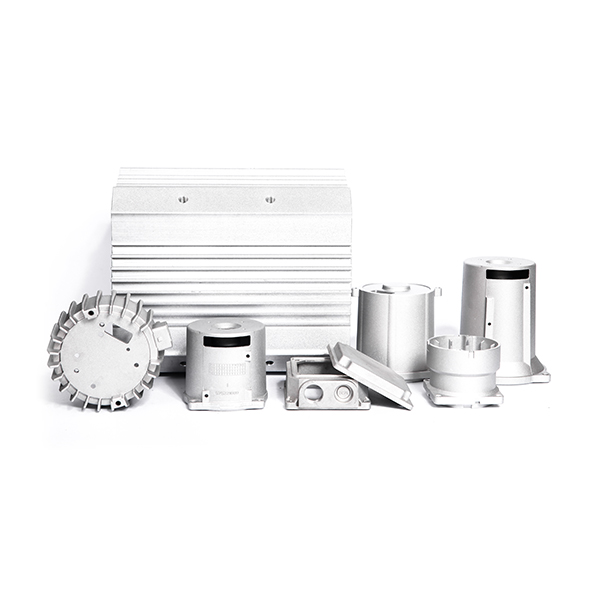Mobile:+86-311-808-126-83
Email:info@ydcastings.com
English
ss casting
The Art and Science of SS Casting Transforming Ideas into Reality
In today's rapidly evolving industrial landscape, the demand for high-quality components has never been more significant. Among the various manufacturing techniques available, stainless steel (SS) casting stands out as a versatile and efficient method for producing complex and durable components. This article delves into the intricacies of SS casting, exploring its processes, advantages, applications, and future prospects.
Understanding Stainless Steel Casting
Stainless steel casting involves pouring molten stainless steel into a mold to create a desired shape. The casting process begins with the careful preparation of the stainless steel alloy, which typically contains iron, chromium, nickel, and other elements. These alloys offer excellent resistance to corrosion and oxidation, making them ideal for a wide range of applications, from automotive parts to medical instruments.
Casting Processes and Techniques
Several casting techniques can be employed, depending on the complexity and size of the desired component. Two prominent methods are sand casting and investment casting.
1. Sand Casting This traditional method involves creating a mold from sand, which can be easily shaped and reused. The process is cost-effective and suitable for large components, though it may not provide the fine detail achieved with other methods.
2. Investment Casting Also known as precision casting, this method utilizes a wax pattern coated with a ceramic material to form the mold. Once the wax is melted away, molten stainless steel is poured into the mold, resulting in highly detailed and precise parts. This method is particularly beneficial for intricate designs and thinner walls.
Advantages of SS Casting
The use of stainless steel in casting processes comes with several notable advantages
- Durability Stainless steel is known for its strength and resilience, which allows cast components to withstand harsh environments, high temperatures, and significant wear and tear.
- Corrosion Resistance The chromium content in stainless steel forms a protective layer that prevents rust and corrosion, making SS castings ideal for use in chemical processing, marine applications, and medical devices.
ss casting

- Aesthetic Appeal Stainless steel has a polished finish that is not only functional but also visually appealing. This quality is particularly important in industries where aesthetics are as critical as functionality, such as architecture and consumer goods.
- Customizability With advancements in casting technologies, manufacturers can produce a wide range of customized components that meet specific design and performance requirements, thereby enhancing innovation and creativity in product development.
Applications of SS Casting
The versatility of SS casting lends itself to numerous industries and applications
- Aerospace and Automotive Components such as brackets, housings, and gears that require high strength and durability are often produced using SS casting to ensure safety and reliability.
- Medical Devices Surgical instruments, implants, and prosthetics benefit from the biocompatibility and ease of sterilization of stainless steel, making cast components vital in the medical field.
- Construction and Architecture Stainless steel castings are used in structural components, railings, and decorative elements, combining both strength and aesthetic qualities.
The Future of SS Casting
As technology continues to advance, the future of SS casting appears promising. Innovations such as additive manufacturing and improvements in casting precision will likely enhance production efficiency and product quality. Additionally, the increasing push for sustainable manufacturing practices will encourage the exploration of eco-friendly materials and processes, further solidifying stainless steel casting's role in a sustainable future.
Conclusion
In conclusion, stainless steel casting represents a remarkable fusion of art and science in manufacturing. By leveraging its numerous advantages and versatile applications, industries can harness the power of stainless steel casting to produce high-quality, durable components that meet the demands of the modern world. As technology advances and challenges evolve, SS casting will undoubtedly continue to play a pivotal role in shaping the components of tomorrow.











